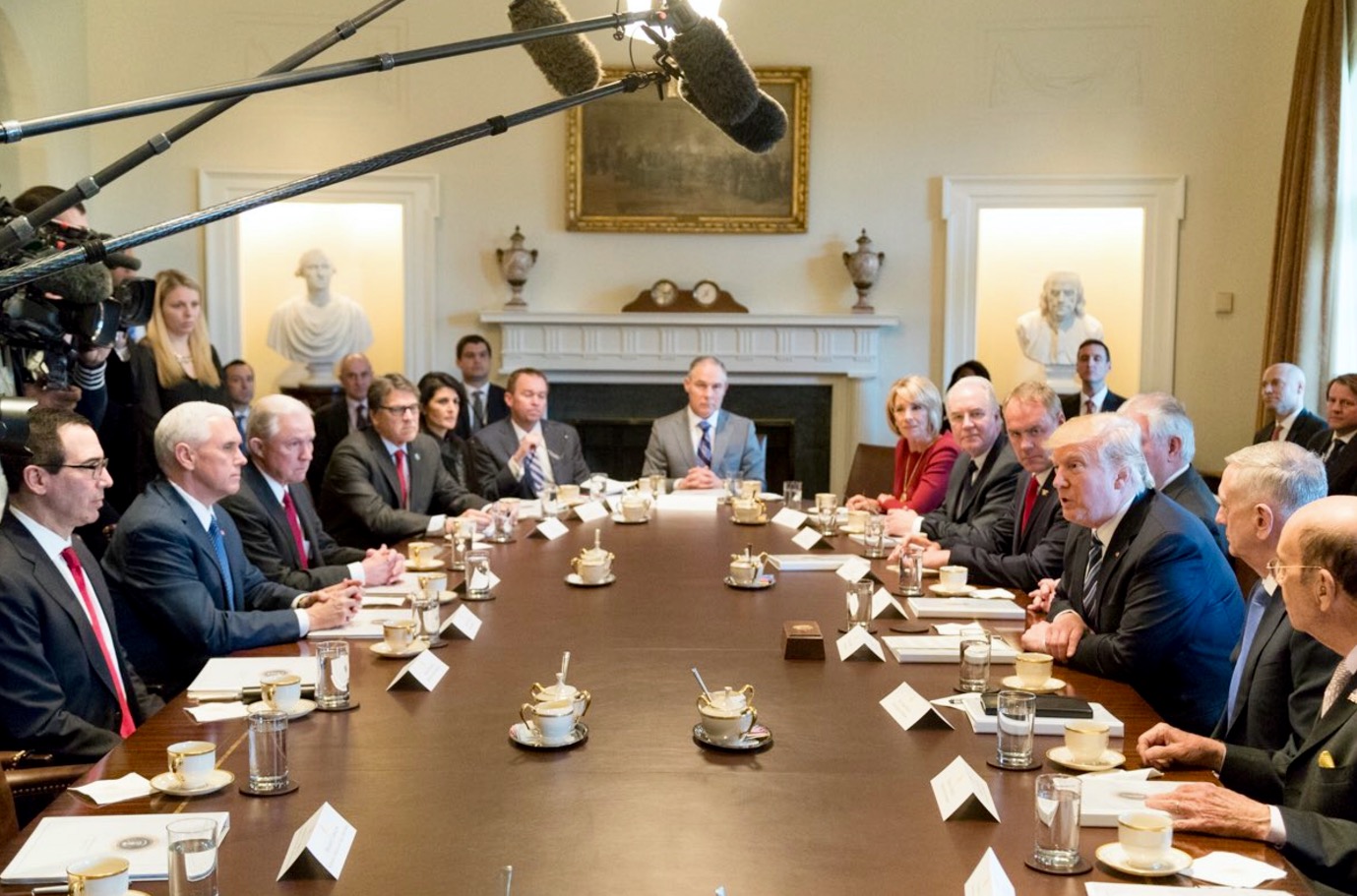Robert Romano: Donald Trump And The Debt Ceiling
WHY THIS DEBATE IS AN OPPORTUNITY, NOT A CRISIS … The debt ceiling is back. On March 15, CongrYou must Subscribe or log in to read the rest of this content.
WHY THIS DEBATE IS AN OPPORTUNITY, NOT A CRISIS …
The debt ceiling is back.
On March 15, Congr
